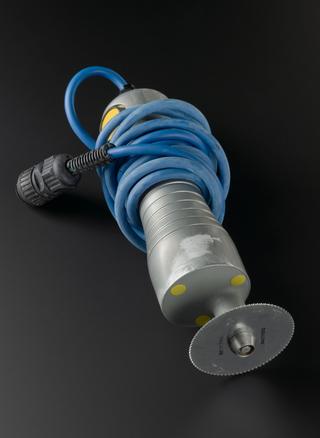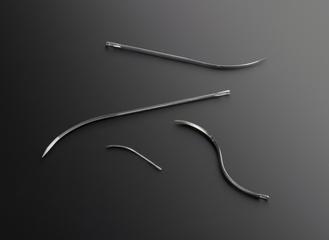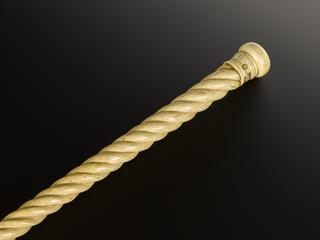




Tourniquet, Petit type, wooden screw, leather covered pad and leather band, possibly Bavaria, c. 1750
Tourniquets are used to control bleeding or the arms of legs by applying pressure. Tourniquets were also used using amputations.
John-Louis Petit (1674-1760), a Parisian surgeon, was the first of many to introduce improvements to the tourniquet, which was invented by Ambroise Paré in the 1500s. In 1718, Petit attached a circular bandage to a screw and a leather pad to allow pressure to be focussed on a specific point. It had the advantage of not requiring an assistant to apply constant pressure to the bleeding and became the most commonly used tourniquet throughout the 1800s due to its simple but effective design.
Details
- Category:
- Surgery
- Collection:
- Sir Henry Wellcome's Museum Collection
- Object Number:
- A212622
- Materials:
- screw, wood, pad, wood, pad, leather, chamoise and band, leather
- Measurements:
-
overall (maximum): 32 mm x 255 mm x 105 mm, .16 kg
- type:
- tourniquet
- credit:
- Wellcome Trust (Purchased from Stevens)




